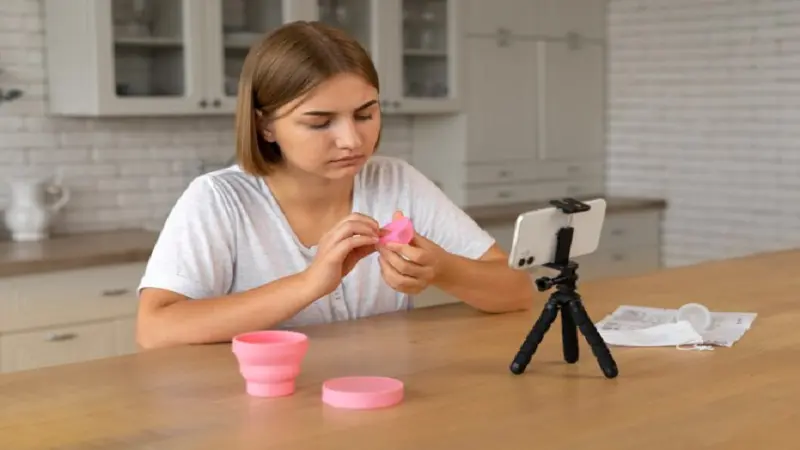How To Make Playful Activities Lwmfcrafts

Why Crafts are Essential for Children
Crafting isn’t just about making pretty things; it’s a powerful tool for child development:
- Creativity and Imagination: Crafts encourage children to think creatively, allowing them to explore their imaginations freely. From designing fantastical creatures to crafting intricate worlds, every project sparks new ideas and possibilities.
- Fine Motor Skills: Cutting, gluing, and manipulating materials help develop fine motor skills and hand-eye coordination. These skills are crucial for tasks like writing, typing, and even everyday activities like tying shoelaces.
- Problem-Solving Skills: Crafting often involves trial and error, which teaches children how to make playful activities lwmfcrafts
- to solve problems independently. Whether figuring out how to make playful activities lwmfcrafts
to balance a structure or fixing a mistake, each challenge presents an opportunity for growth. - Emotional Regulation: Engaging in crafts can be a calming and therapeutic experience for children. It provides an outlet for self-expression and helps them manage emotions like frustration and impatience.
Getting Started: Essential Supplies and Setup
Before diving into specific activities, it’s essential to gather a few basic supplies:
- Paper: Construction paper, cardstock, and drawing paper.
- Drawing Tools: Crayons, colored pencils, markers, and chalk.
- Cutting Tools: Child-safe scissors and a paper trimmer.
- Adhesives: Glue sticks, liquid glue, tape, and adhesive dots.
- Decorative Items: Stickers, buttons, sequins, ribbons, and yarn.
- Miscellaneous: Pipe cleaners, pom-poms, googly eyes, and craft sticks.
Once you have your supplies ready, designate a crafting area with a large, clean surface and ample natural light. A dedicated space encourages creativity and minimizes distractions, allowing children to fully immerse themselves in their projects. how to make playful activities lwmfcrafts
Playful Activities with Crafts
Now, let’s explore a variety of engaging craft activities that are both simple to execute and bound to delight children:
1. Paper Plate Masks
Materials Needed: Paper plates, scissors, markers, glue, and assorted craft items (feathers, yarn, pom-poms).
Instructions:
- Have children draw a face on the paper plate or use markers to create animal faces (e.g., lion, cat, or bunny).
- Cut out eye holes and a mouth opening (adult assistance may be needed).
- Decorate the masks using glue and assorted craft items. Feathers can create colorful hair, yarn can form whiskers, and pom-poms can add texture.
Learning Focus: Imaginative play, fine motor skills, and creativity.
2. Nature Collage
Materials Needed: Paper, glue, and a variety of natural materials (leaves, flowers, twigs, and stones).
Instructions:
- Take a nature walk with children to collect materials like leaves, flowers, and small twigs.
- Back indoors, provide each child with a sheet of paper and glue.
- Encourage them to arrange their collected items into a collage on paper.
Learning Focus: Observation skills, appreciation of nature, and sensory exploration.
3. Sock Puppets
Materials Needed: Clean socks, glue, felt or fabric scraps, googly eyes, markers, and yarn.
Instructions:
- Choose a sock for each puppet. The toe will be the puppet’s nose.
- Use markers to draw a mouth and nose on the toe area.
- Cut out felt or fabric scraps for ears, hair, or other features. Glue these onto the sock.
- Attach googly eyes above the mouth using glue. how to make playful activities lwmfcrafts
Learning Focus: Storytelling, imaginative play, and fine motor skills.
4. Cardboard Box Creations
Materials Needed: Cardboard boxes (various sizes), scissors, markers, tape, and decorative materials (colored paper, stickers).
Instructions:
- Provide children with cardboard boxes of different sizes.
- Encourage them to use markers to decorate the boxes or turn them into imaginative structures like houses, castles, or spaceships.
- Use additional materials like colored paper and stickers to add details.
Learning Focus: Spatial awareness, creativity, and problem-solving.
Encouraging Participation and Engagement
To maximize the benefits of crafting activities, consider the following tips:
- Choice and Flexibility: Allow children to choose their projects and personalize them based on their interests.
- Encouragement and Praise: Offer positive reinforcement to boost children’s confidence and motivation.
- Group Activities: Crafting can be a social experience. Encourage siblings or friends to join in, fostering collaboration and communication skills.
- Celebrating Accomplishments: Display finished crafts around the house or create a dedicated gallery space to showcase children’s creativity.
Conclusion
Crafting provides children with more than just a way to pass the time; it’s a gateway to self-expression, skill development, and joyful exploration. By engaging in playful activities with crafts, children can unleash their creativity, enhance their cognitive abilities, and cultivate a lifelong appreciation for art and innovation.
As parents and educators, nurturing these experiences fosters not only creative thinking but also emotional resilience and problem-solving skills. By integrating crafting into children’s daily routines, we empower them to thrive in a world that increasingly values innovation, imagination, and adaptability. how to make playful activities lwmfcrafts In essence, crafting isn’t just about making things; it’s about making memories, building confidence, and laying the foundation for a future filled with curiosity and creativity. So, gather your supplies, clear a space, and embark on a crafting adventure with the children in your life—you’ll be amazed at the wonders you can create together.




